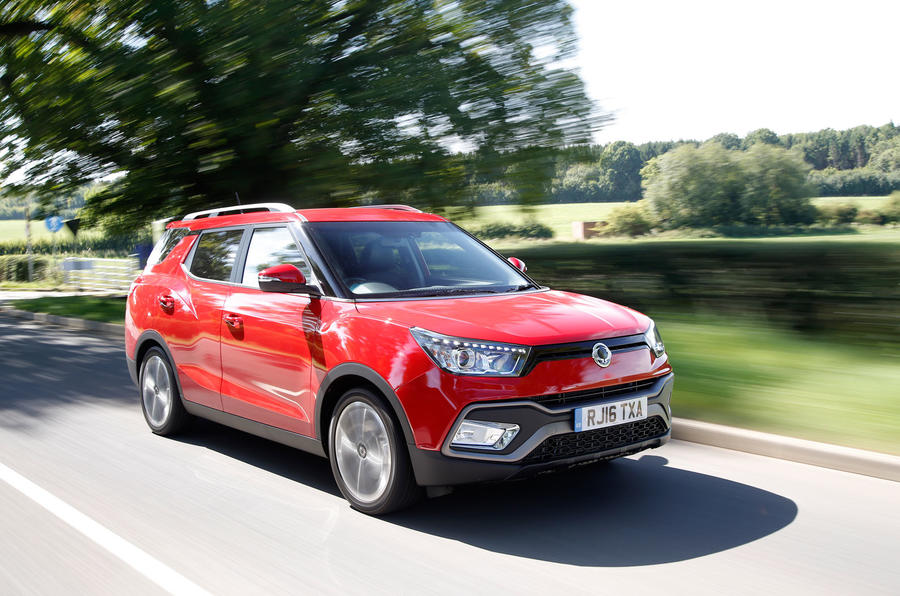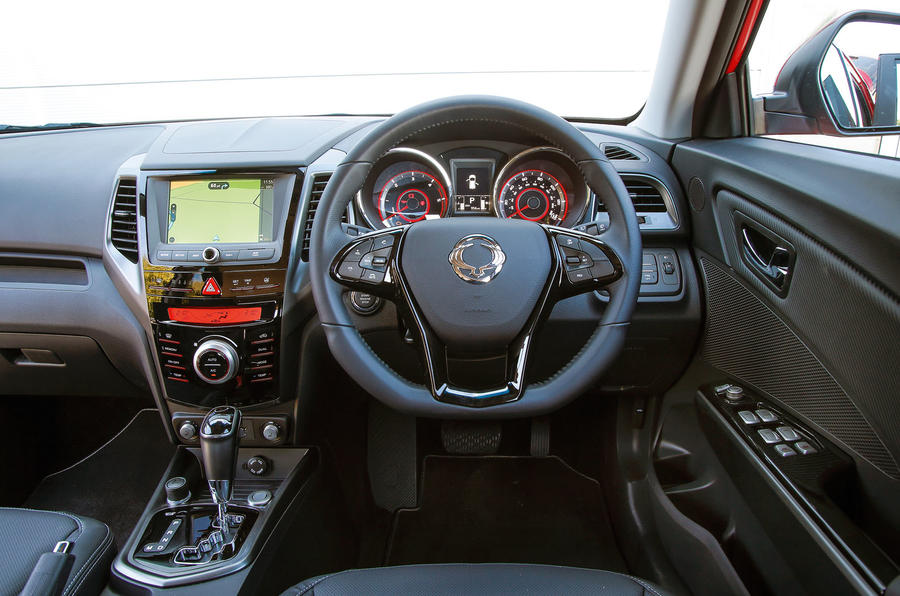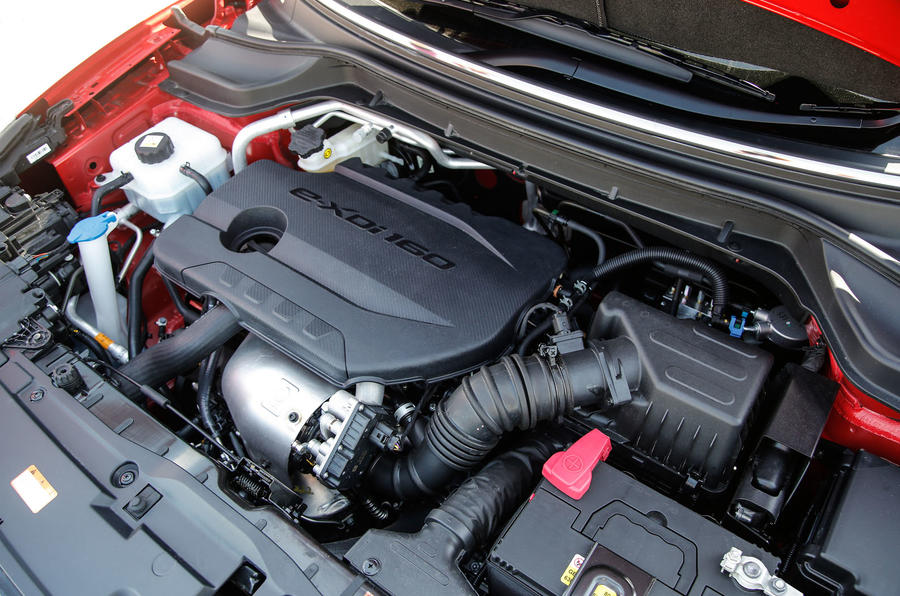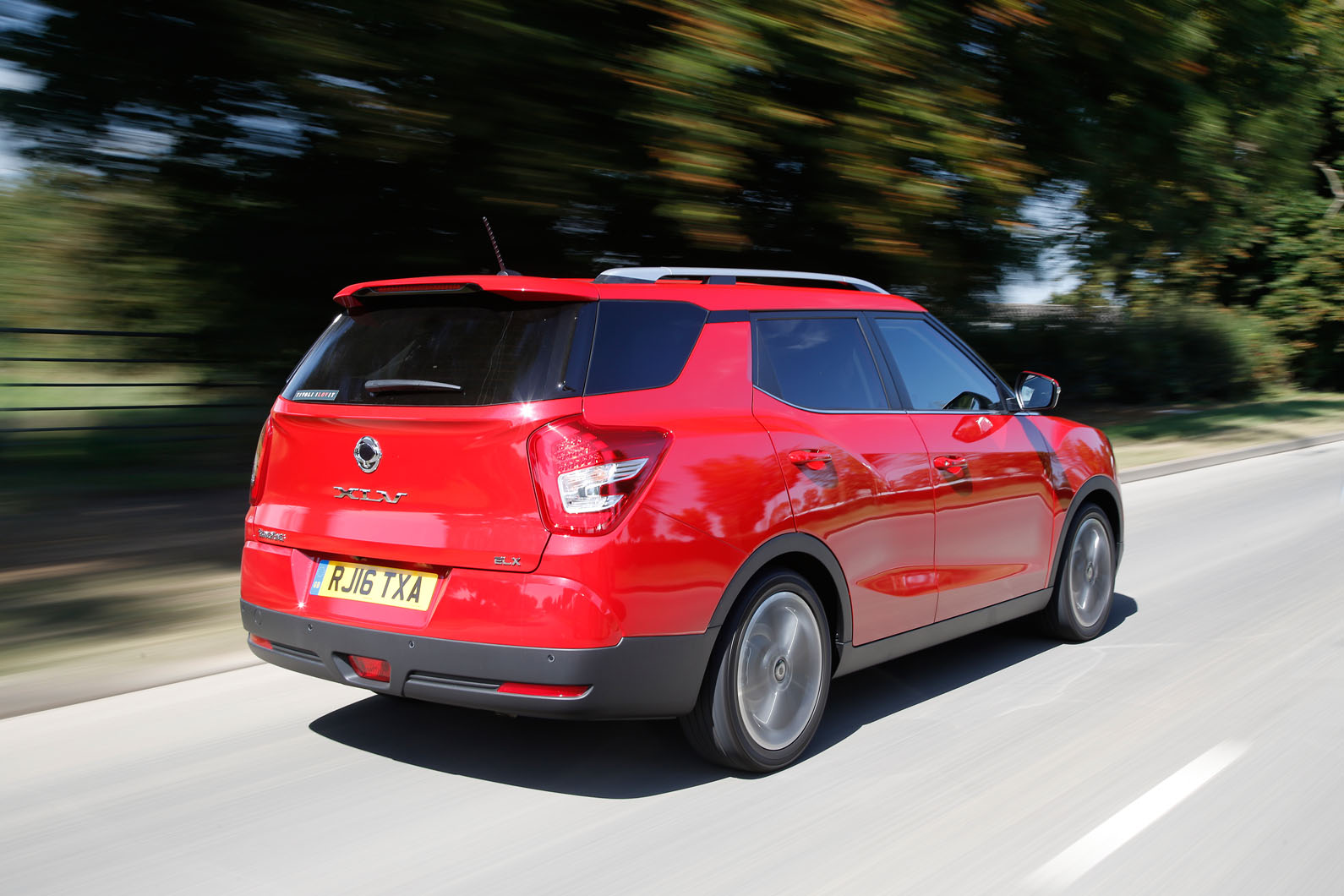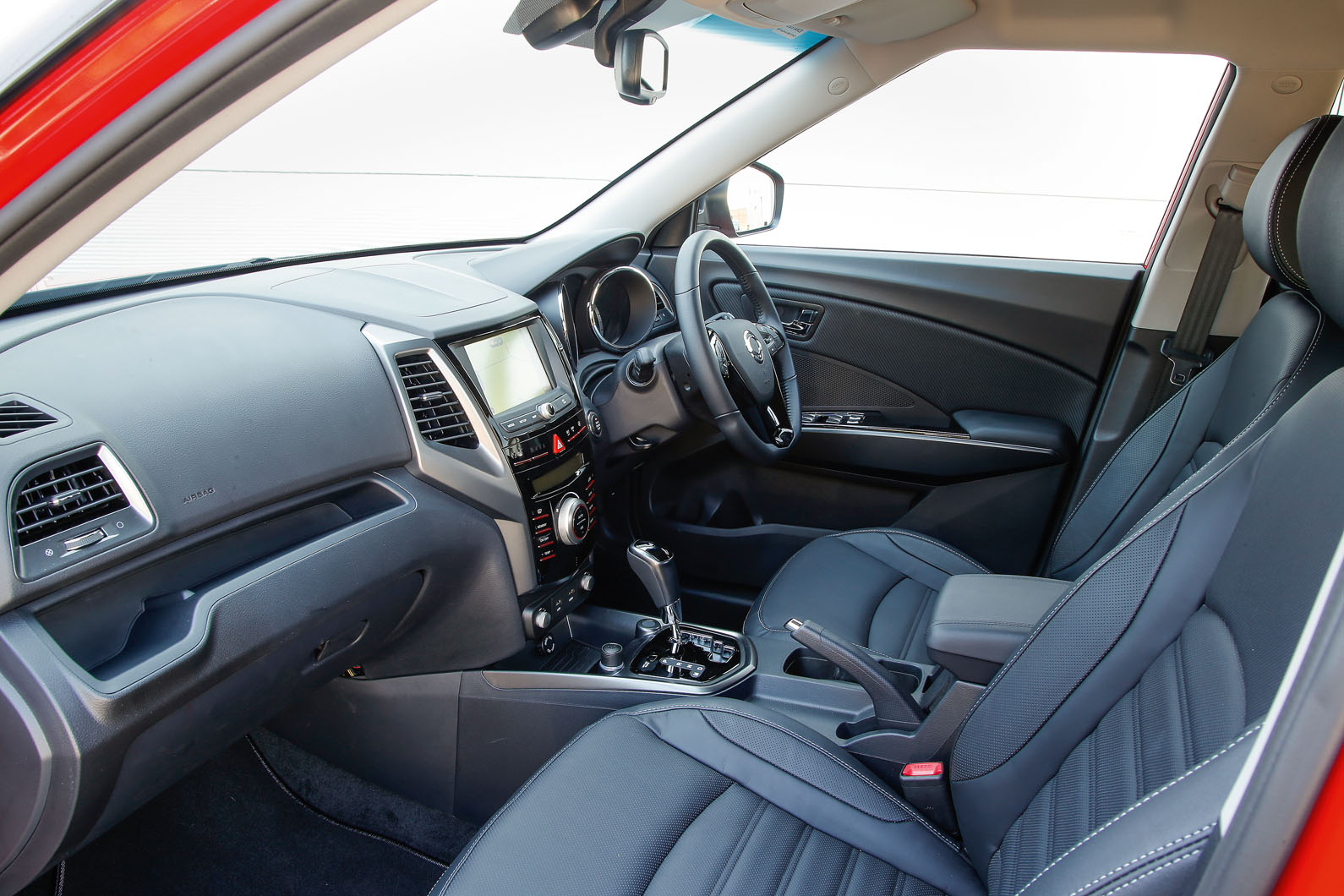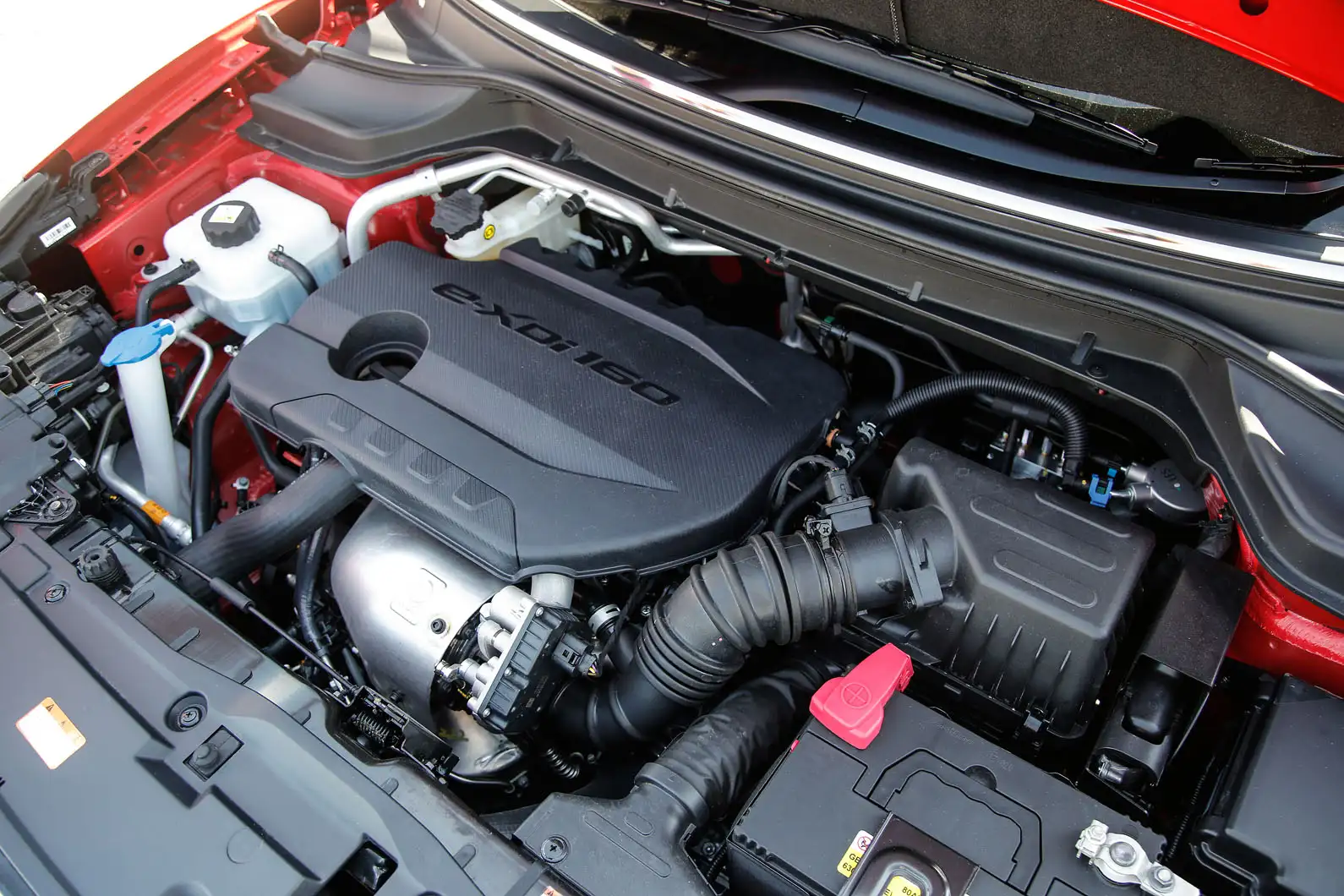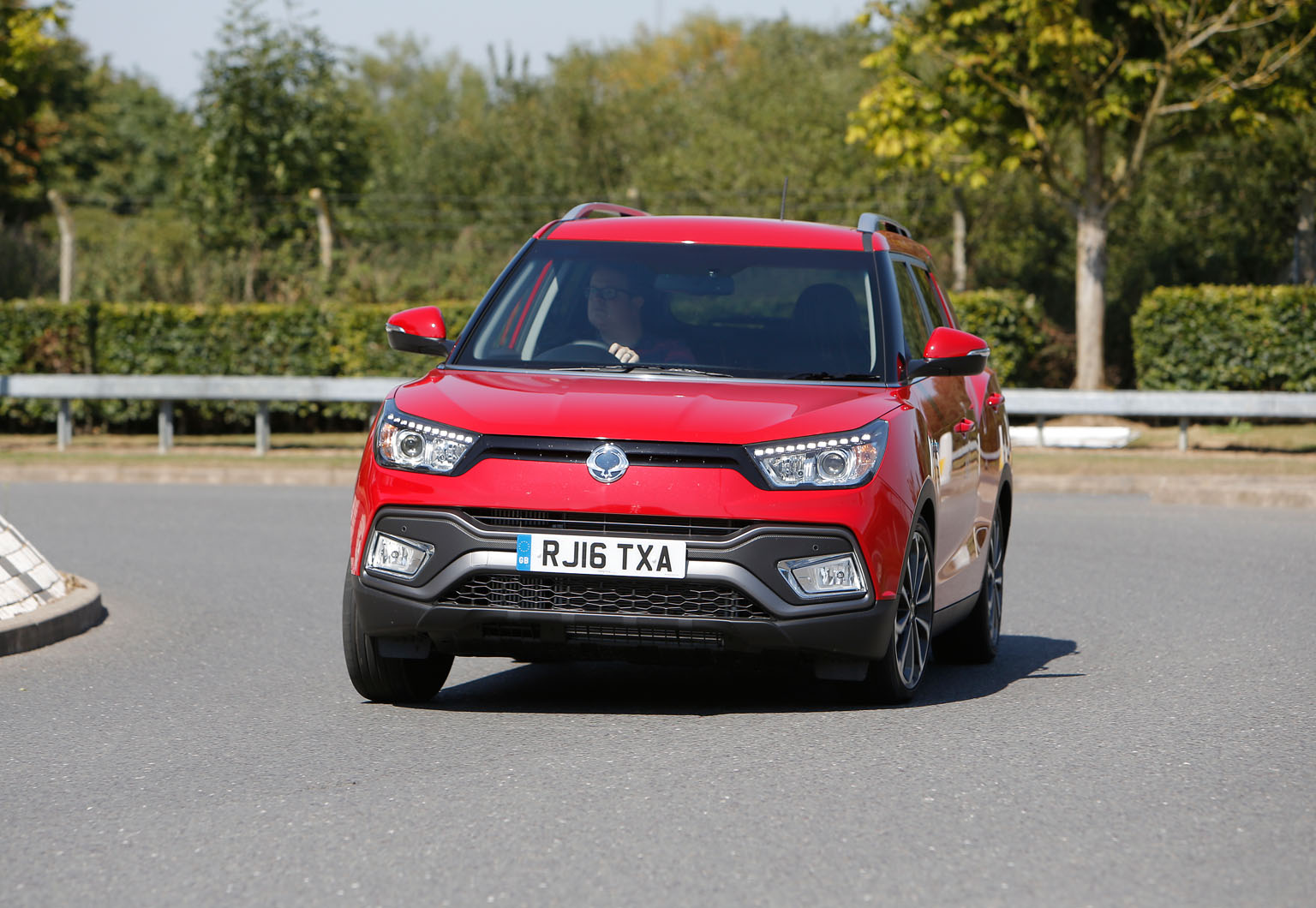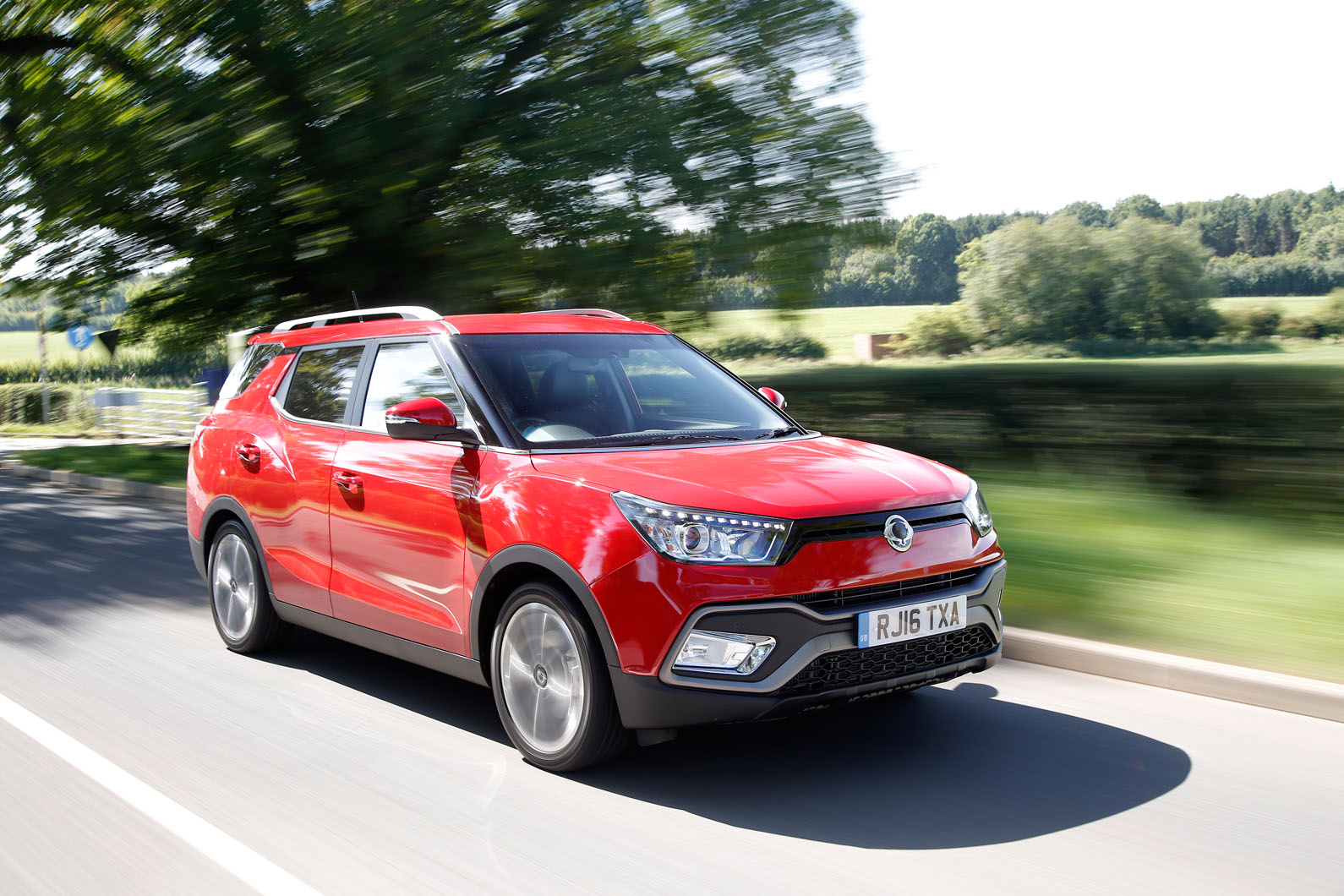Plenty of space and kit, decent material quality and finish, a few neat, practical features… this is what most people shopping for a usable, versatile and inexpensive family car will expect of the Ssangyong Tivoli XLV. And, for the most part, they’ll find it here.
The car only really gives you what you’re paying for, in some ways – which is to say, not the most rich or carefully chosen fascia mouldings and not the last word in styling flourishes or systems sophistication.
But it does much better than the class average on boot space, passenger accommodation and standard kit.
For taller drivers, the Ssanngyong Ssangyong Tivoli is one of the few that actually delivers on the tacit promise of the crossover breed, in that it has plenty of head room. With more than a metre of space from seat to ceiling in the front, there’s more head room than in a Suzuki Vitara or a Renault Kadjar, while rear head room is equally outstanding.
Slightly short, flat seat cushions make sitting less comfortable than it might be, but there’s easily enough space in the back for adults, with good underseat foot space and even your own heated leather seats.
Onboard stowage options are good, with usefully large cubbies in the doors, inside the centre armrest and inside the glovebox.
We’re not entirely convinced by Ssangyong’s preference for elasticated bungee-style retainers on the front seatbacks (where you might otherwise find a pocket), because smaller, loose items aren’t as easily held.
It also seems a shame that sliding rear seats have been omitted because, without an extended wheelbase in play with this XLV version, they might have allowed for an even larger boot when the occasion called for it.
As it is, and although it looks large judging by the bulky rear bodywork on the outside, the Tivoli XLV’s boot is actually slightly shorter behind the rear seats, and both narrower and shallower under the load bay cover, than that of a full-sized crossover like a Kadjar.
It’s still a good size and beats most smaller crossover rivals on overall load length, but Ssangyong could and should have done more to offer underfloor storage space, and perhaps to make the standard boot board adjustable on height.
Any proper family car on offer for less than £20,000 that comes with a 7.0in touchscreen infotainment system, a decent navigation system and plenty of connectivity options deserves some credit — and that’s what we’re prepared to give here.
The Tivoli’s TomTom-based navigation system can be a bit slow to render, but its mapping is actually quite good and detailed, its view settings are easy to juggle, it’s easy to program (thanks to online points of interest search) and the infuriating always-on auto-zoom of other cheap systems is notable by its absence.
There’s no DAB radio here, nor is there any smartphone mirroring functionality, and both are big omissions, but the system’s iPod integration is quite good.
The propensity of the Bluetooth to auto-connect with a paired phone is a bit flaky, and we’re not sure how much call there is for HDMI connectivity in a budget crossover (a function the Tivoli does indeed offer), but those reservations apart, this system is certainly a respectable one for the money.


